
Growing Air Force’s space medicine culture

Medical Airmen assigned to U.S. Air Force Space Command are charged with delivering care to the Airmen who launch, monitor and operate the Air Force’s satellite systems. As space continues to play an increasingly critical role in our nation’s defense, medical Airmen in AFSPC are also preparing for the future of space medicine. (U.S. Air Force photo)
FALLS CHURCH, Va. — As space continues to play an increasingly critical role in our nation’s defense, the need for the space medicine specialty grows. Medical Airmen within U.S. Air Force Space Command are making sure space operators are ready for future readiness requirements.
“Space is no longer a neutral, docile domain,” said Air Force Col. Walter Matthews, AFSPC Command Surgeon. “It has become a contested environment where many state and non-state actors actively seek to disrupt U.S. space capability.”
It is the role of AFSPC medics to ensure space operators are medically ready to complete their mission, and to optimize their performance, while also preparing for the future of space medicine.
Space operators have unique readiness requirements because they are employed in place, meaning they must maintain readiness and high vigilance every day.
Currently in the Air Force, “space medicine is the field of medicine that cares for the space operators who launch, monitor and operate our satellite systems,” said Air Force Col. Brian Agee, Chief of Aerospace Medicine for AFSPC. “It also includes launch and recovery support for astronauts.”
To prepare for future readiness needs, AFSPC medics are developing the requirements and training for future space surgeons, building on current training requirements.
Specifically, AFSPC medical Airmen are focusing on four areas of interest: managing fatigue exposure; defining fitness to meet the needs of line commanders; working within the specification of deployment and readiness; and evaluating retention standards for certain conditions.
“We are also pursuing space operations basic training for all medical personnel who support the space mission,” said Matthews. “It is important that all medical personnel, including nurses, techs and administrators who support the space medicine mission have a common baseline understanding of what makes the space domain different.”
During the early years of the U.S. space program, Air Force doctors led the way in the space medicine field, but NASA later assumed most medical responsibilities for its astronauts. Today, understanding of the space environment’s effect on the human body is growing at a fast pace. As space becomes an ever more important domain, AFSPC medical Airmen continue to keep up with that growth in knowledge.
Space medicine builds off aerospace medicine and ties closely to occupational and preventive medicine, accounting for the impact that the space environment has on the body. This includes oxygen, pressure, acceleration, radiation, communication issues, logistics, and isolation. Space medicine has to account for all of this.
“Part of what makes space medicine a distinct specialty is the ability to adapt to this pace,” said Agee. “The unpredictability and vastness of space drives us to constantly anticipate, adapt and use existing data to predict future needs.”
“Space is a completely different and separate domain from any other in which the U.S. Air force operates,” said Matthews. “This is the reason for our development of a team of space medicine specialists that exist in a space medicine culture.”
AFSPC medical Airmen like Matthews and Agee are eager to take on the challenges and prepare Airmen for future readiness requirements.
“These are exciting times and I am fortunate to be involved, and grateful for this opportunity to be part of our revolutionary undertakings here at AFSPC,” said Agee.
Disclaimer: Re-published content may have been edited for length and clarity. Read original post.
2019 TRICARE Winter Safety Kit
Infographic
1/22/2019

This infographic provides tips and information about staying safe and warm during a snow storm.
A new year marks a new you
Article
1/18/2019
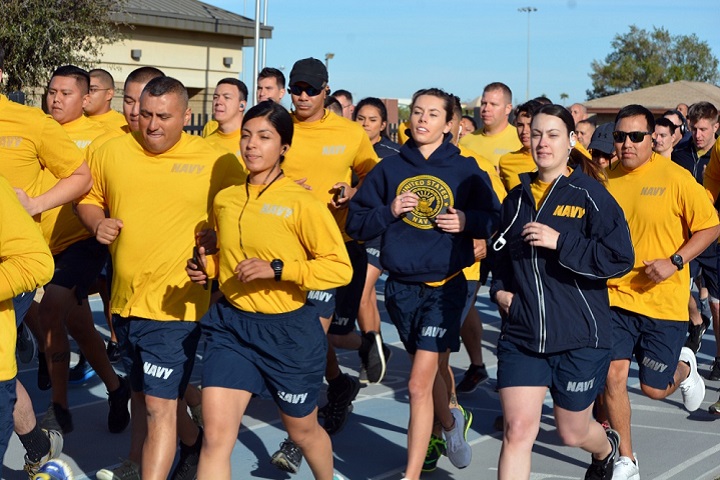
Changes in lifestyle don’t have to be drastic to be effective
CJTH continues to provide superior care for U.S., coalition forces
Article
1/7/2019
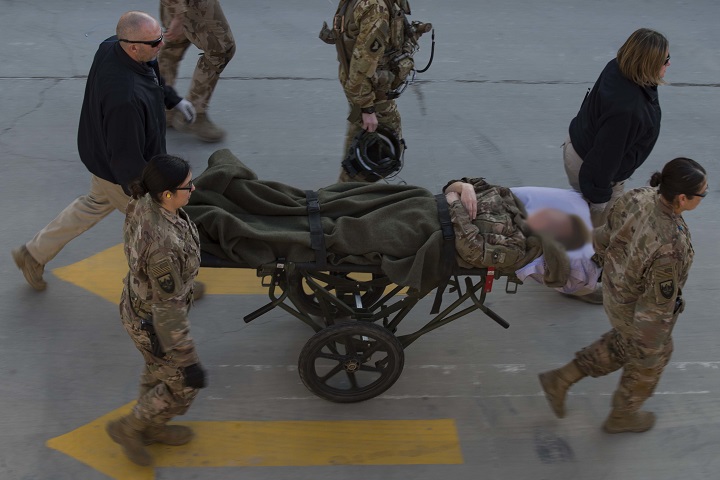
With a 99.3-percent survival rate, the hospital staff have reason to be proud
Northstar Dustoff provides aeromedical evacuation in Kuwait
Article
1/4/2019
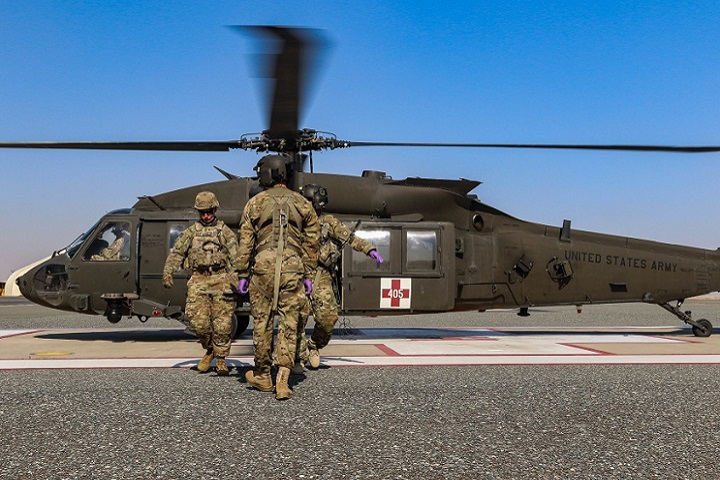
Northstar Dustoff has completed more than 60 aeromedical evacuations since August 2018
Langley surgical team goes 'purple'
Article
1/3/2019
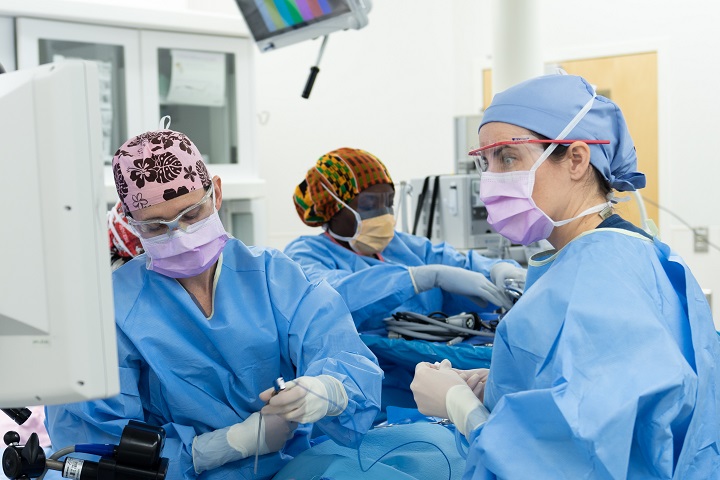
A joint surgical team was organized to perform a functional endoscopic sinus surgery
Army hospital earns reputation as a top teaching institution
Article
1/2/2019
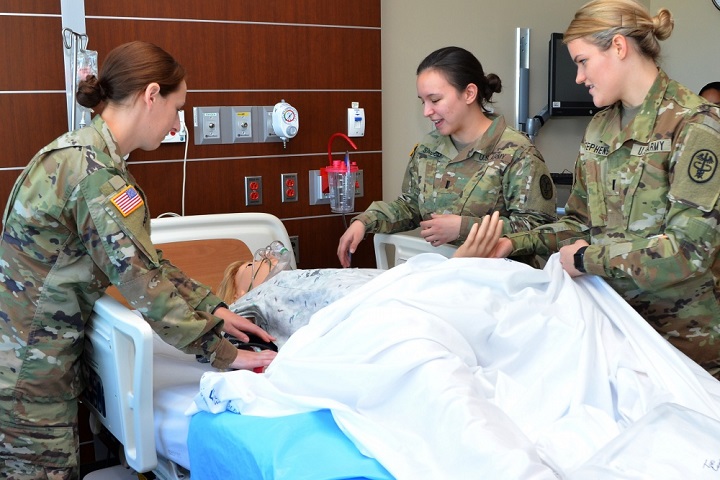
CRDAMC has been recognized by healthcare associations and educational institutions for exceptional achievements
Combat medics improve readiness with individual critical task list training
Article
12/31/2018
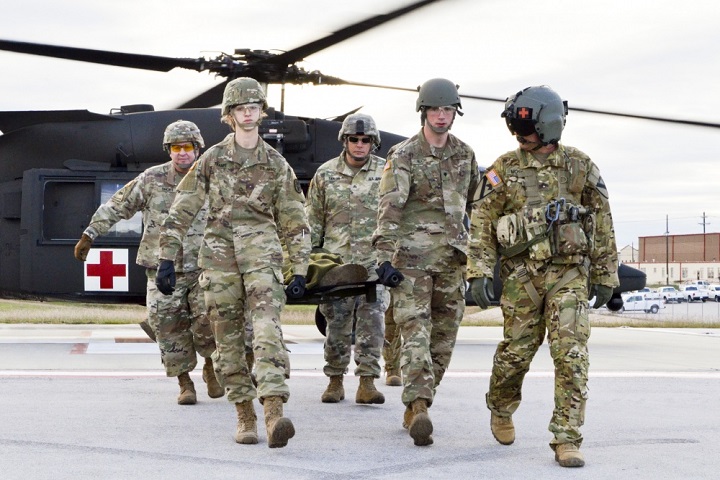
There is no substitution for being pushed around by the rotor wash of a helicopter
If the weather outside is frightful, a little preparation can make it delightful
Article
12/28/2018
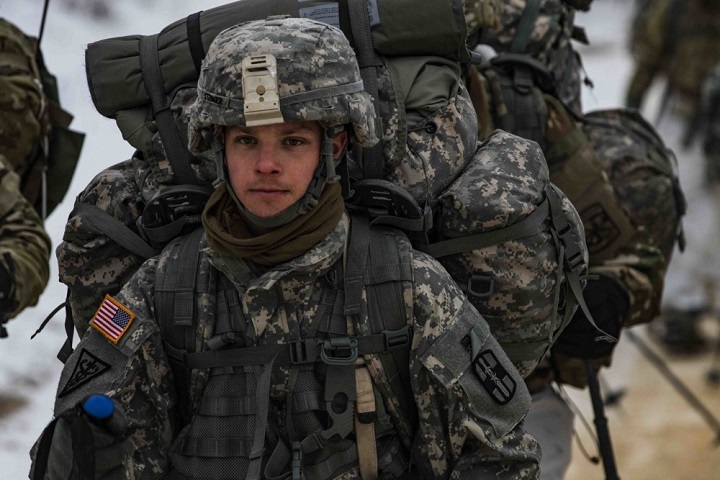
Learn the risks of exposure to cold, and steps to stay safe
Navy corpsman: Carrying the legacy
Article
12/27/2018

Navy hospital corpsmen attend 14-week “A” school at the Medical Education and Training Campus in Joint Base San Antonio — Fort Sam Houston, Texas
Hospital ship USNS Comfort returns home after completing mission
Article
12/20/2018
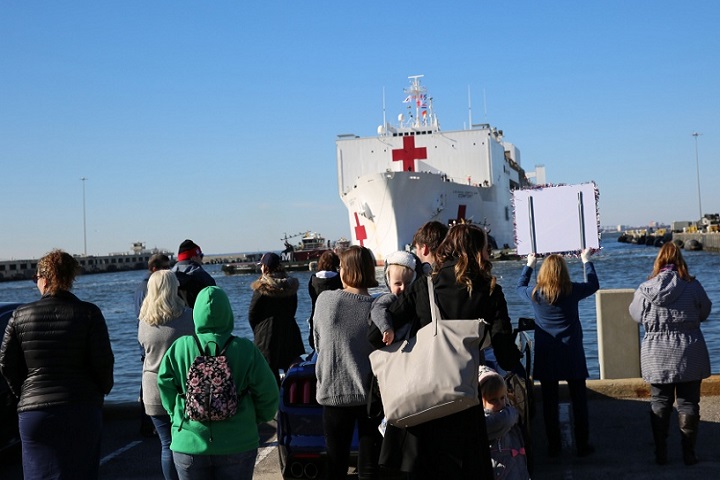
This mission marked the sixth time the hospital ship has provided medical assistance in the region
Super Galaxy: Aeromedical evacuation's biggest ally
Article
12/17/2018
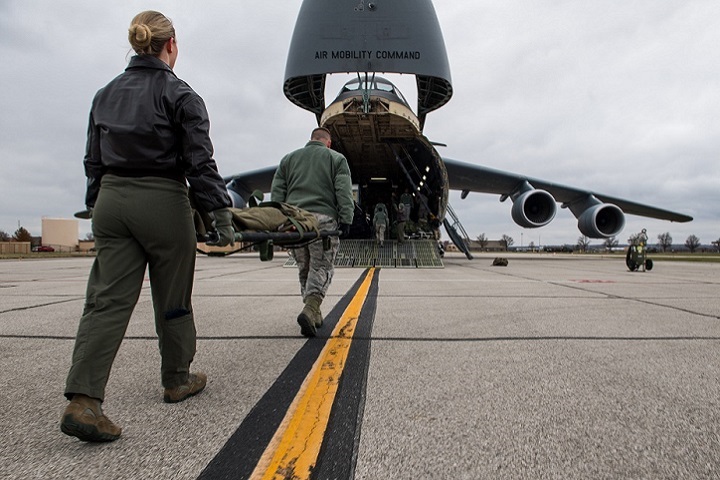
The C-5M upgrades allowed the proof of concept to work, but Airmen’s innovation is what made it happen
Vaccination is the best defense against the flu
Article
12/10/2018
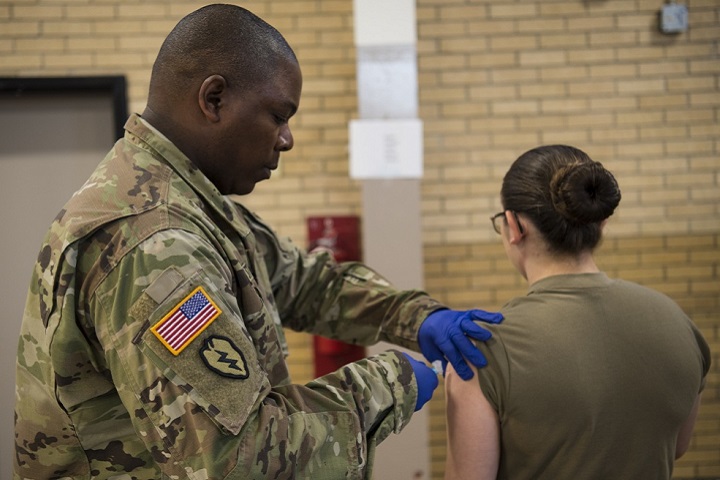
Vaccination is needed every year because the Influenza viruses change
Fleet surgical team saves life aboard USS Somerset
Article
12/6/2018
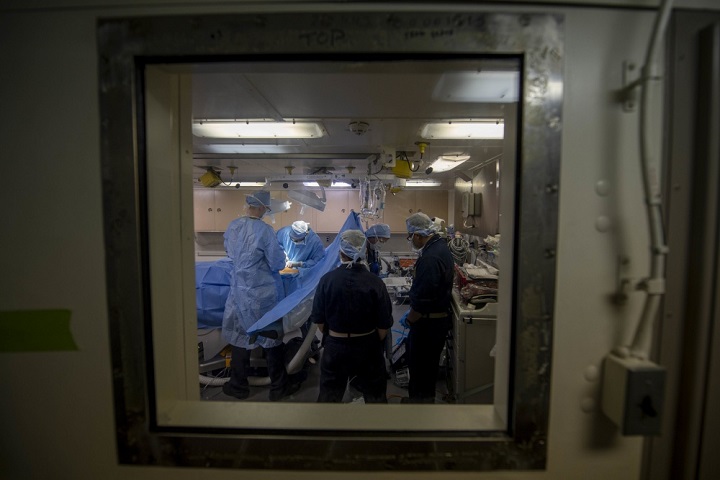
We were able to determine he had acute appendicitis
New training mannequins help Soldiers save lives
Article
11/28/2018
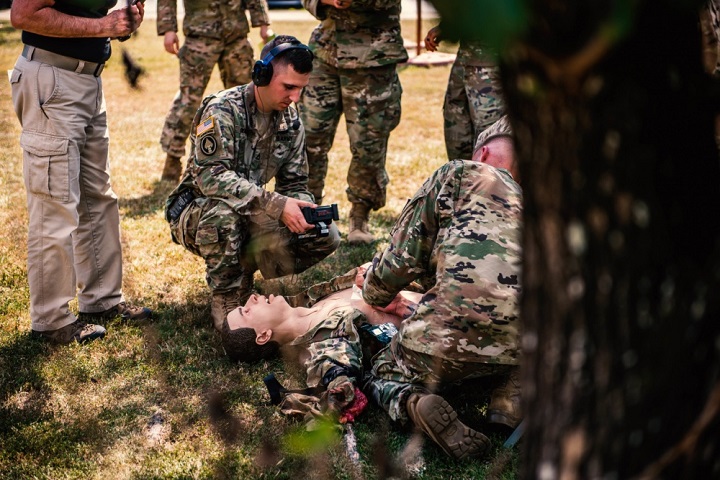
The realism of it creates that white-knuckle sensation and adrenalin for the Soldier
Rabies
Infographic
11/20/2018

Although Germany is rabies-free for terrestrial land mammals, rabies exposure remains a concern for U.S. military personnel assigned there because of personal and military travel and deployments to rabies endemic countries. Deployments have become much more variable both in location and duration. Deployments have increasingly focused on enhancing ...





















.png)









No hay comentarios:
Publicar un comentario